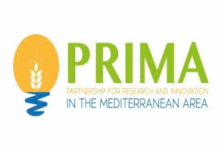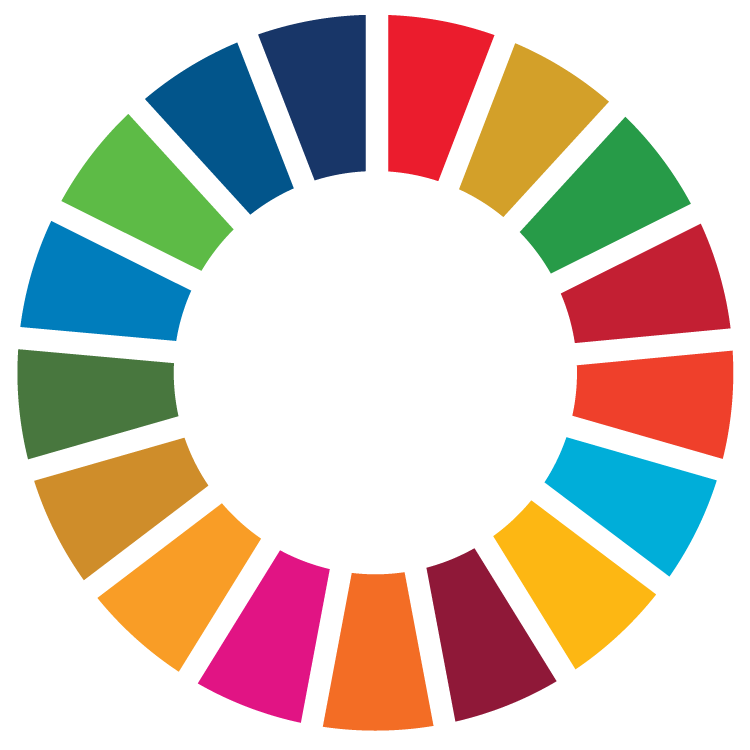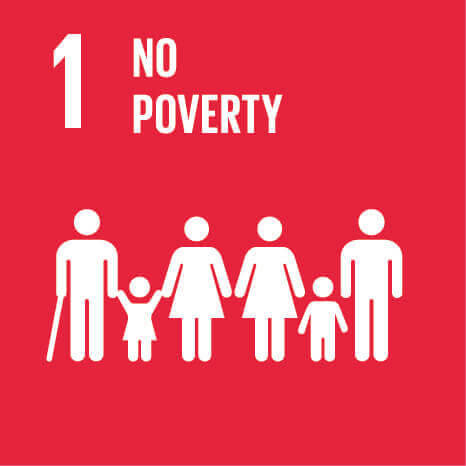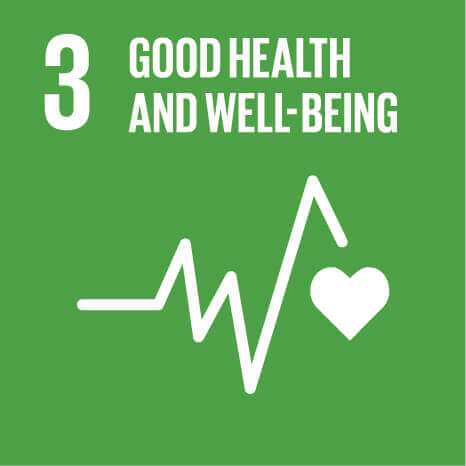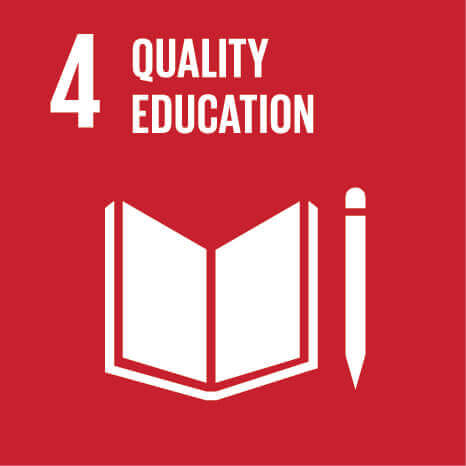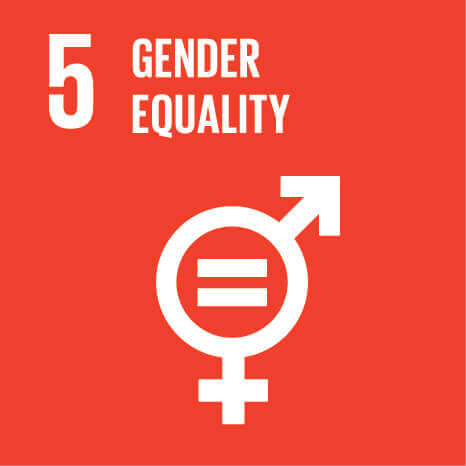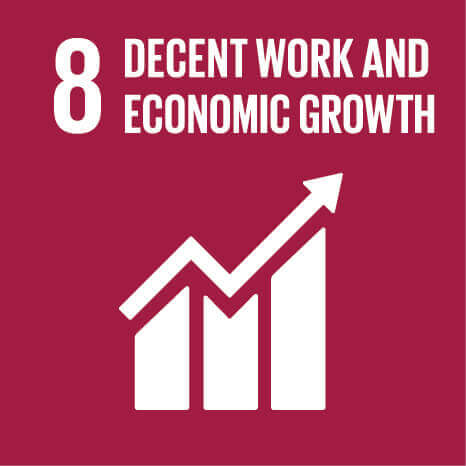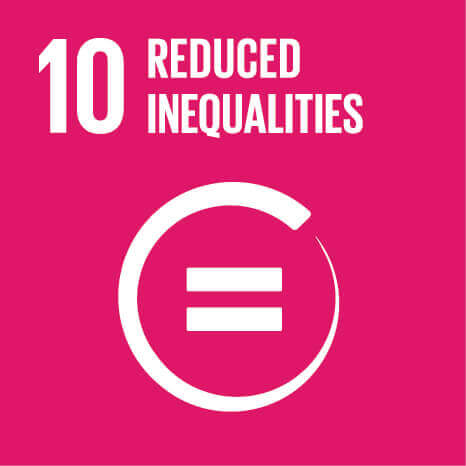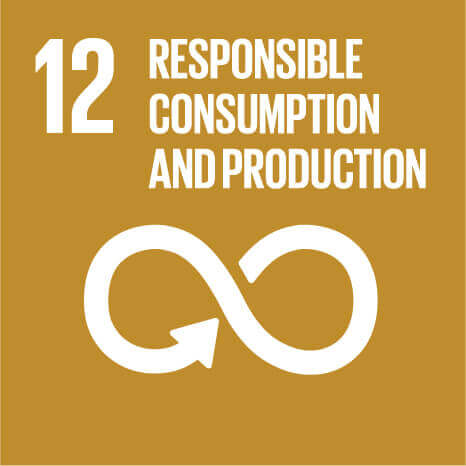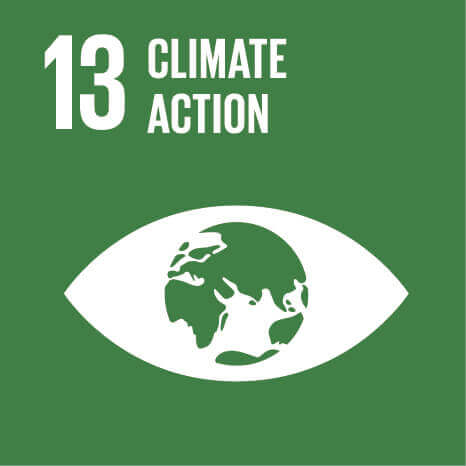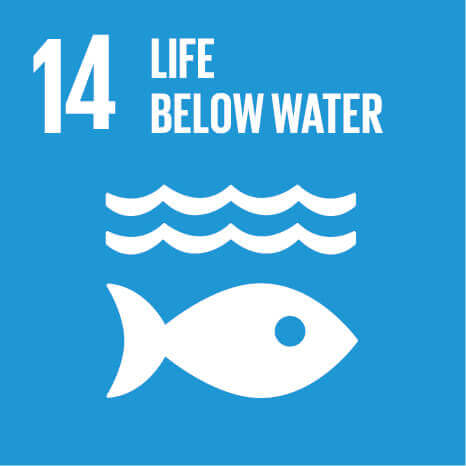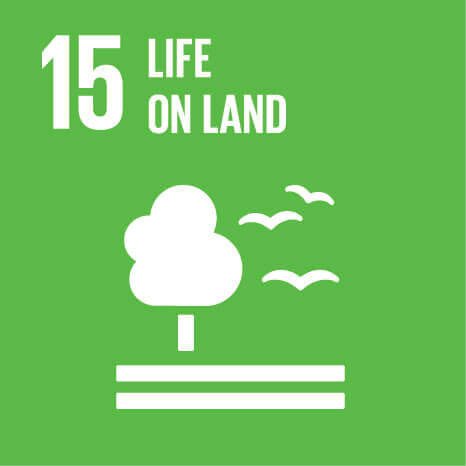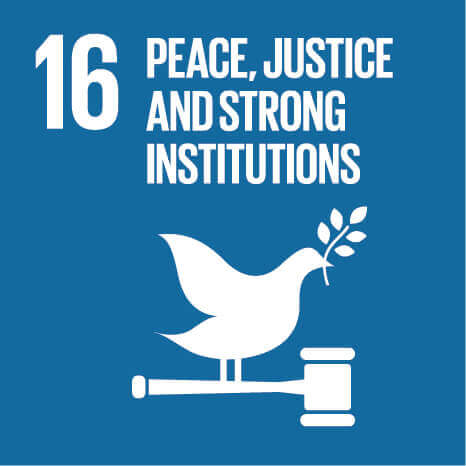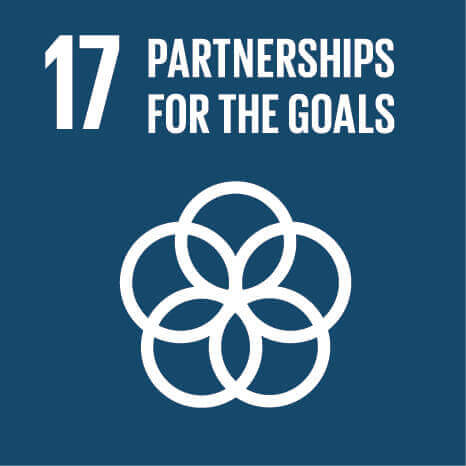1. Support the identification and development of practical solutions to improved outcomes in the integrated management of water-energy-food-ecosystems (WEFE) resources.
SureNexus’s extensive use of AI and machine learning will improve the identification of best practices and lessons that can be drawn from empirical NEXUS work consolidating a system mapping, including specific technical and policy solutions adapted to the Mediterranean. SureNexus will also identify the main barriers and enabling factors (WP5). Economic impacts will be addressed through the analysis of financial valuation and mechanisms, blended financial investments, understanding the costs of inaction, quantification of losses and damages, (re)insurance and quantification of co-benefits, particularly through the use of NbS and bioeconomy solutions/practices.
2. Increased water and energy use efficiency contributing to the reduction of conflicts in the allocation of resources and adaptation and resilience to climate change.
SureNexus will test, validate and quantify the performance of NEXUS implementation and framework across four Living Labs (WP6). All activities carried out in different WPs, will facilitate coherence, coordination and management of practices/solutions that increase water and energy use efficiency in the face of multiple climate hazards and risks/vulnerabilities, specific context and multi-sector dynamics, such as: urban sprawl, environmental degradation and socio-economic challenges.
3. Enable the deployment of methodologies and guidelines stimulating the reduction of water use and deliver tools addressing the cascading effects and impacts on other sectors in a circular economy perspective.
SureNexus will also address the systemic benchmark of bioeconomy practices addressing the cascading effects and impacts on other sectors in WP3, and the same for NbS vs. traditional engineering approach to water saving and conservation in WP4, and undertaking in-depth machine learning to find the most appropriate and suitable SETs for each context/scale. A framework evaluation will also include the impacts of such solutions, especially in relation to key enabling factors (WP5), including cultural, social, economic (cost-effectiveness) and environmental perspectives together with safety aspects, adaptability to change and considering specific locations of diverse climate and socio-economic development.
4. Demonstrate how science can strengthen institutional capacities, support the intra-regional dialogue and integration of knowledge, and positively benefit multiple SDGs.
WP7 will strengthen capacity building and training for consortium partners, for stakeholders and end users within the project pilots, and for stakeholders outside the consortium, fostering partnership with other PRIMA projects, national, international and EU networks, facilitate joint activities. WP7 will also provide specific policy, legislation and normative guidelines, showing how SureNexus results could influence NEXUS implementation at the regional and at national and sub/national level. The European Green Deal is directly applied through the Farm to Fork strategy, aiming to make food systems fair, healthy and environmentally friendly, redesigning agri-food systems which today account for nearly one third of global GHC emissions, consume large amounts of natural resources, resulting in biodiversity loss and negative health impacts and do not allow fair economic returns and livelihoods for all stakeholders, especially primary producers. In that sense, the new SETs defined under the NEXUS approach will focus on the relevant SDGs, in particular SDG2, SDG6 and SDG7, but also on improving the livelihoods of communities’ (SDG 3,5,8 and 10), and sustainable development at local/regional level (SDG9, 11,12 and 17) and to reducing environmental impacts on ecosystems and their services (SDG13, SDG14 and SDG15).
5. Ensure viability and replicability of the demonstration cases also after the end of the project.
Cross-fertilisation of appropriate engineering solutions, bioeconomy practices and enabling factors among demo sites will increase replication potential, which will be further enhanced by the tailored, oriented outputs (knowledge base, methodologies, tools and policy guidelines) prepared for specific end-users in WP7. The impact will be achieved for the demos during the project lifetime, with a high potential of replication for the whole MED region, given by the diversity and complementarity of the pilot sites.
6. Demonstrate how NEXUS approach provides the opportunity for building regional resilience to climate change.
SureNexus takes the concept of NEXUS implementation for a resilient transition of agri-food, water and energy systems towards sustainability as the tenet of the SureNexus-framework. All the partners have direct experience in NEXUS management and understand the implementation barriers and opportunities. SureNexus aims to improving such experience, through the development of the SureNexus-framework, replication in the demo sites and extensive use of AI and machine learning to define future scenarios. Extensive cross-fertilisation activities will be developed in WP6 (among all Living Labs) and WP7 (knowledge brokerage and clustering) and WP8 (dissemination), with the aim of bridging the trust barrier between stakeholders, reconciling conflicting or overlapping societal objectives (at different levels, from local to regional), overcoming commercial and technical barriers, and conveying clear and actionable visions of the MED future under changing climate scenarios, knowing the most important enabling factors and conditions (WP5), including governance, finance and participation.
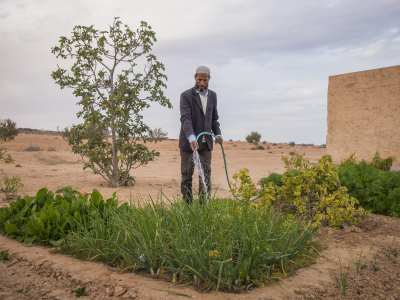
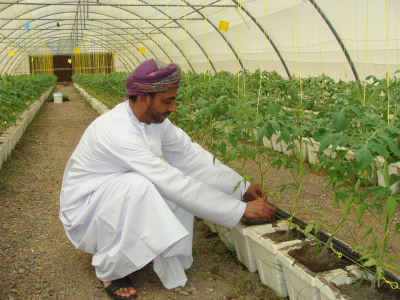
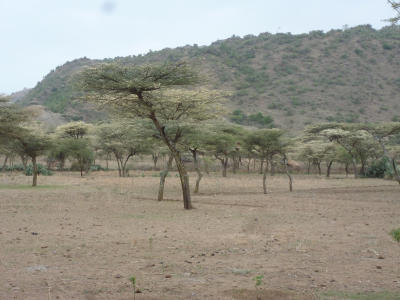
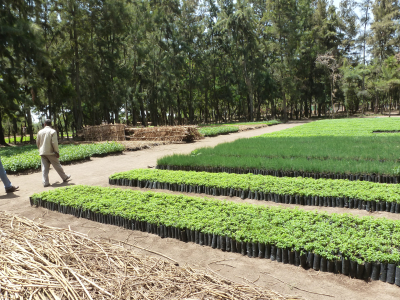


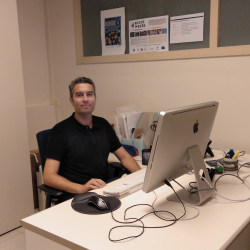
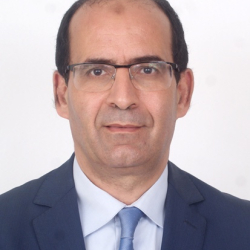



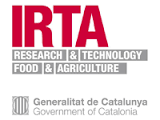


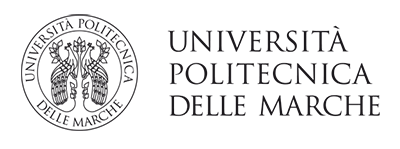
.jpg)
